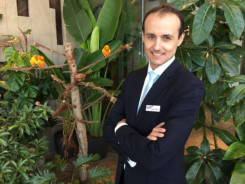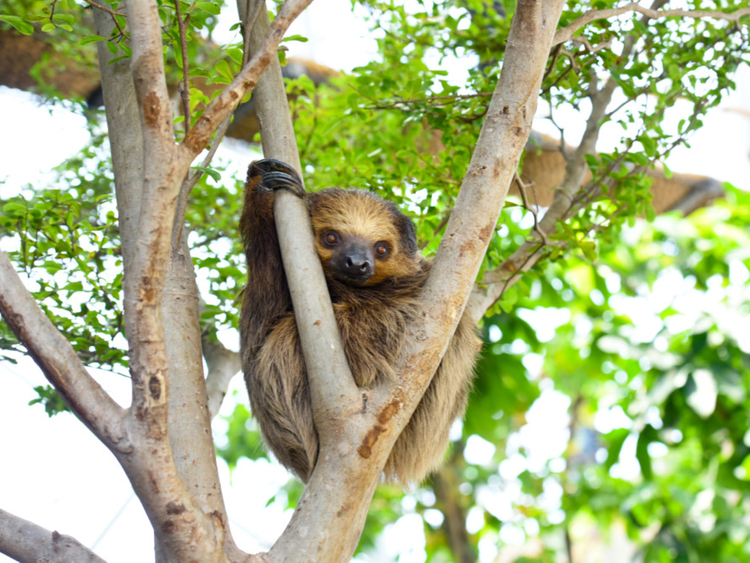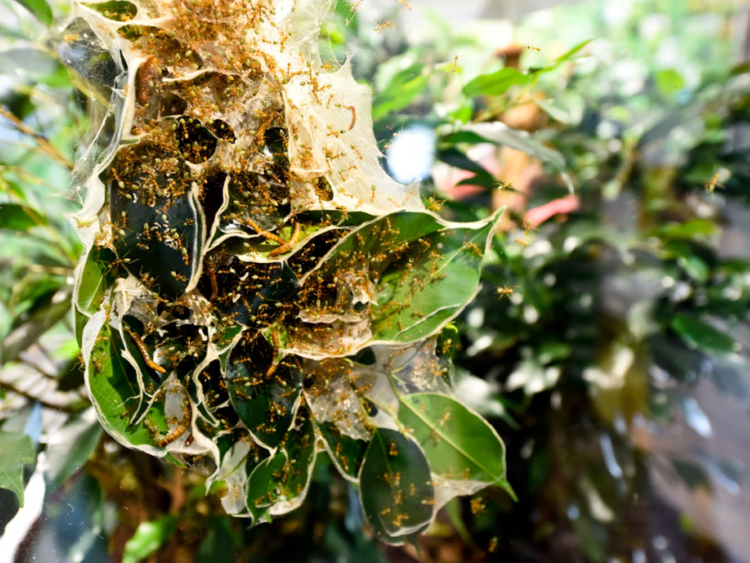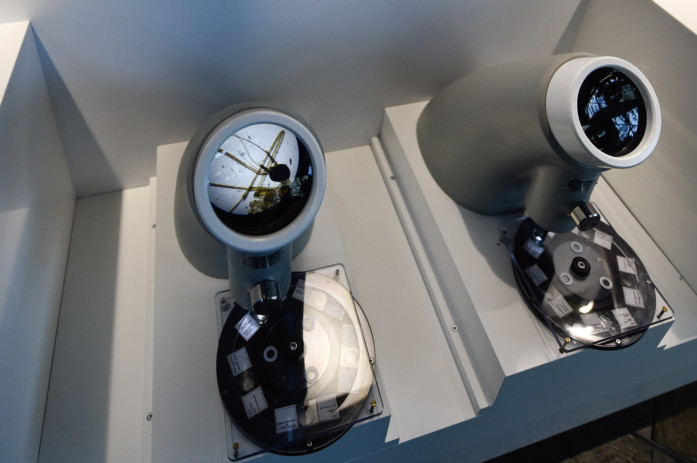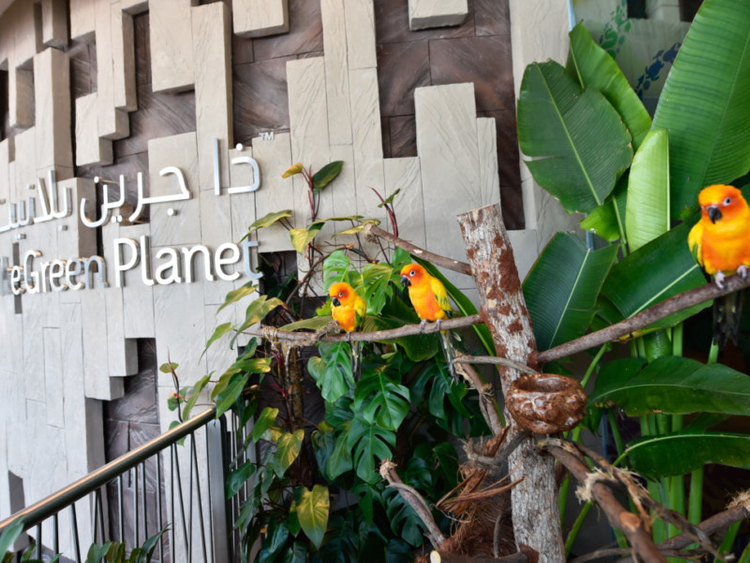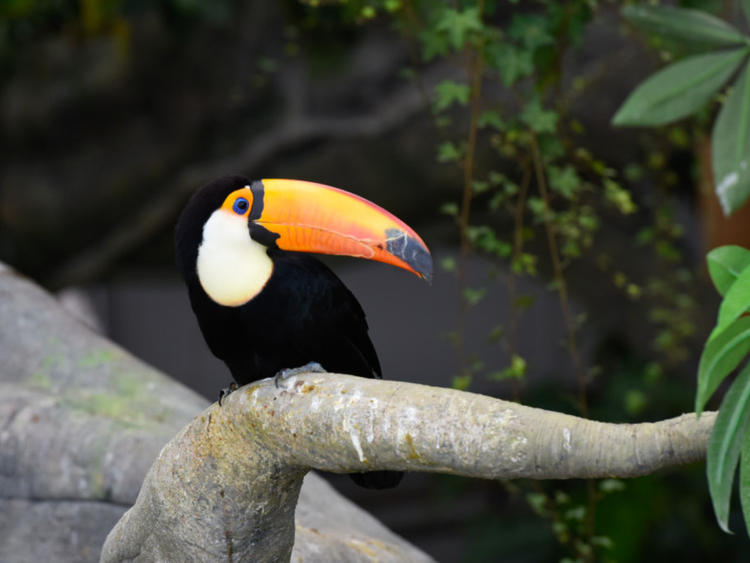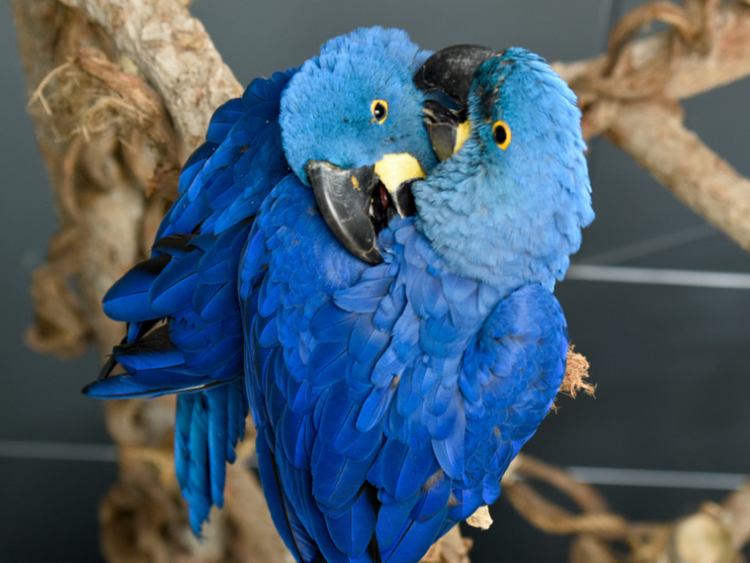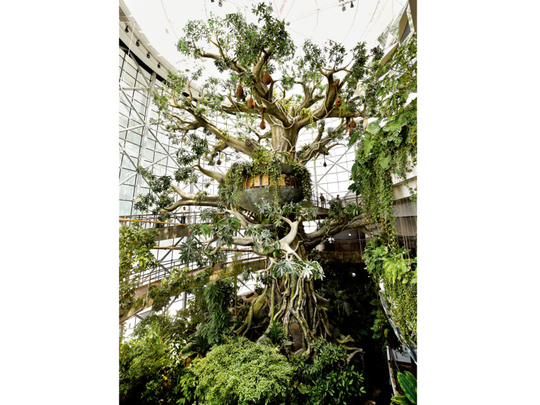
Dubai: If you don’t have it, just create it. After snow-capped wonders and miracle gardens, Dubai has now etched out a tropical forest complete with a reserve of 3,000 plants and animals right here in its desert territory.
Called The Green Planet, the bio dome located in City Walk was launched by Meraas this week, its centrepiece being a 25 metre-high indoor, life-sustaining tree, the largest man-made creation of its kind in the world.
Jean Marc, general manager, leisure and entertainment at Meraas, told XPRESS: “Work on the project began in 2013 and the idea behind it is to create greater awarenesss about ancient tropical forests among people who have not or cannot visit them.”
Equally, the aim is to emphasise the need to protect these forests as an ever-growing need for resources like lumber, food, minerals, oil and electricity threatens their survival. The world’s largest tropical rainforests can be found in South America, followed by Africa and Southeast Asia.
Four layers
Visitors to the dome can gather valuable information as they walk through four layers surrounding the central replica of the kapok tree. The journey begins on the emergent floor, the fourth level which you reach through an elevator. As you scale up, you can see the entire length and breadth of the forest through glass panes and also hear the birds chirping. “We have 47 species of free-roaming birds in here,” explains Abby Cronje, Meraas’ head of marketing, pointing to the colourful winged beauties dotting the dome. One end of the floor is reserved for enclosures that house communities of weaver ants, honey bees and the Goliath.
A walkway leads you to the third layer, the Forest Canopy. But before heading down you may want to get a spectacular view of the whole forest from a vantage point or a rope bridge. You can even expect to see the likes of the pre-hensile tailed porcupines, which are usually active at night, the hopping Toco Toucan or the hyacinth macaw, the largest flying parrot in the world.
“The hollow kapok tree with the vine-like strangler figs going around it may be man-made, but it is life-sustaining in that it has planters in which real plants grow. Young figs sprout in the tree’s branches and send the roots down to the grond. The hollow towers provide living space for the animals and birds,” says Cronje.
She lets on the eco museum, designed by architect Brad McTavish, has factored in the minutest details of a typical tropical forest, whether it is the angle and shape of the dome to draw the necessary sunlight or the drip tip leaves of the plants which help nurture life inside, post-condensation.
The journey down the level 2 Understory and the Forest Floor on the ground gets more and more educational. From frog leg beetles, jungle nymphs and milk snakes to a Madagascar hissing cockroach, Pacman frog and Malaysian millipede, there are a whole lot of interesting species to learn about.
A sleeping two-toed sloth as it hangs from a branch will surely draw your attention as will two colonies of the celebrated leaf cutter ants, presided over by their queens.
Understory even has microscopes to satisfy your curiosity. The aquarium surrounding the tree at the ground level has 15-plus species of fish, everything from freshwater rays and black pacus to the flag-tail prochilodus and red-tailed catfish.
The man-made ponds, much like the real rainforest water bodies, have lily pads that shelter not only fish but also frogs, turtles and dragonflies.
The entry fee to the dome is Dh95 for adults and Dh70 for kids.


